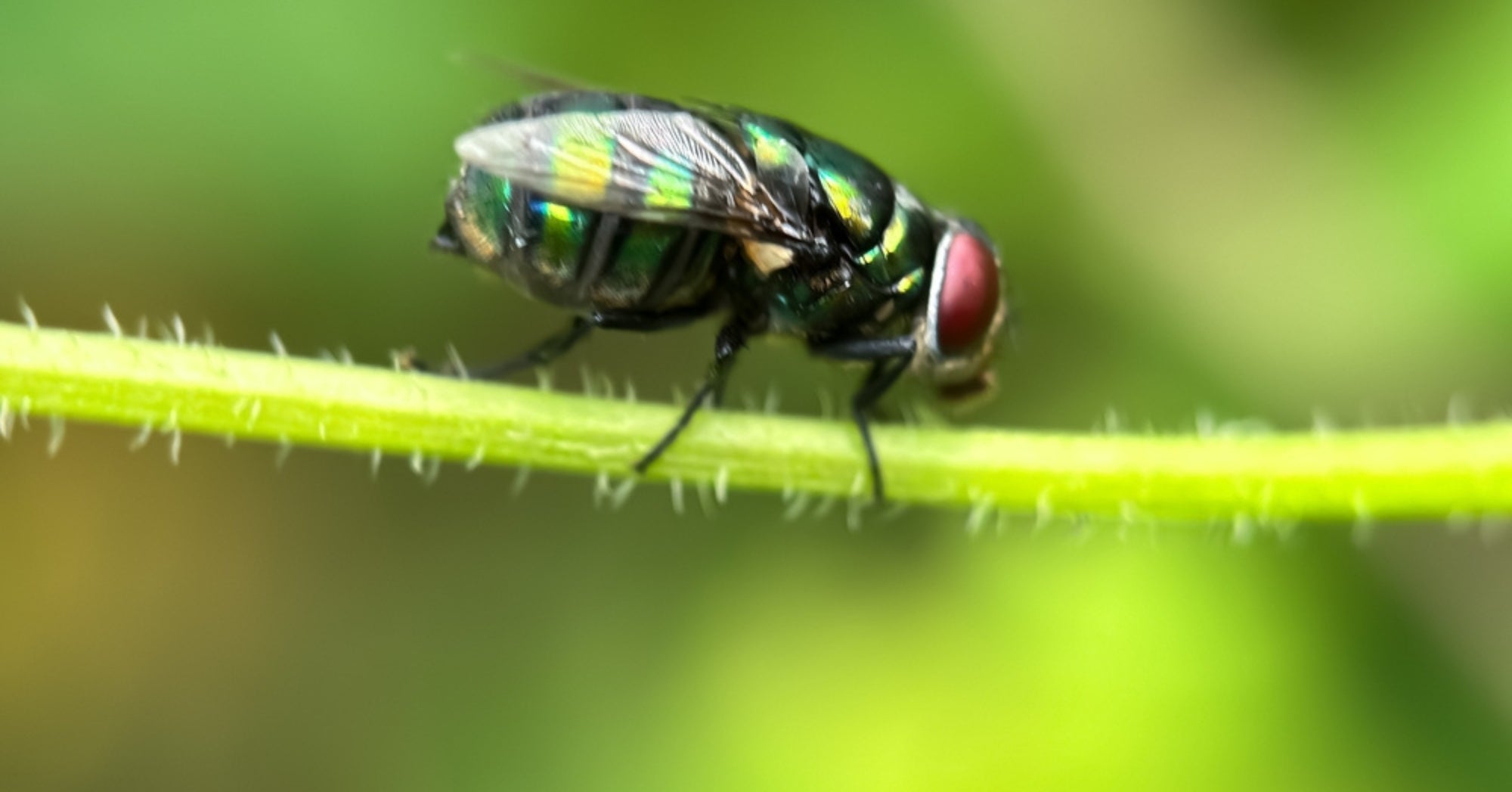Federal and state officials are rolling out what they say will be the most aggressive response in U.S. history to stop the New World screwworm from reaching Texas, warning that the flesh-eating parasite could devastate the nation’s livestock industry and drive up food prices if left unchecked.
“This can result in billions of dollars of losses a year,” Texas Governor Greg Abbott said at a press conference today in Austin. “It could truly crush the cattle industry as well as other livestock sectors in Texas — and in doing so, lead to a dramatic spike in grocery prices.”
The screwworm, eradicated in the United States decades ago, has reemerged in Central America and is now just 370 miles from the Texas border. The parasite attacks warm-blooded animals, including cattle, deer, and even pets, and lays eggs in open wounds, with larvae feeding on the host’s flesh.
U.S. Agriculture Secretary Brooke Rollins also announced a $750 million federal investment to build a new sterile fly production facility in Edinburg, Texas, with the capacity to produce 300 million sterile screwworm flies per week. The sterile fly technique has long been the primary method for eradicating the pest.

“This facility will triple our current output and eliminate our sole reliance on Panama and Mexico for sterile fly production,” Rollins said. “It’s a tactical move that ensures we are prepared, not just reactive.”
The new plant will complement an existing dispersal facility in South Texas and will create 300 jobs in the region.
In addition, the U.S. Department of Agriculture is launching a $100 million innovation fund to develop new pest-control technologies, such as advanced traps, lures, and modular sterile fly units. “I am calling on the brightest minds in the country to build on our existing tools and help us outpace this pest quickly,” Rollins added.
Because wildlife can also carry the screwworm north, USDA will ramp up the hiring of mounted patrol officers, known as “tick riders,” to monitor the U.S.–Mexico border. The Beagle Brigade will also be trained to detect screwworm infections at ports of entry.
“We are significantly ramping up our border surveillance program,” Rollins said. “Pests don’t care where the border is.”
Mexico has agreed to halt animal movement in affected zones and work closely with U.S. teams on surveillance and eradication efforts.
“My counterpart, Secretary Julio Berdigay, and I are in contact almost daily on this issue,” Rollins said. “We’re working with Mexico to boost surveillance, training, and oversight inside their country to ensure real-time tracking and reaction.”
Early action, officials say, could prevent catastrophic economic losses and preserve food security nationwide.
“Without these very aggressive steps, the screwworm would have already been at our border and in our country,” Rollins said. “This is about protecting our ranchers, our beef industry, and ultimately our national security.”
Construction on the Edinburg facility is expected to begin immediately, with operations starting within a year. In the meantime, expanded surveillance, innovation funding, and cooperation with Mexico aim to push the pest back before it can cross into the United States.


